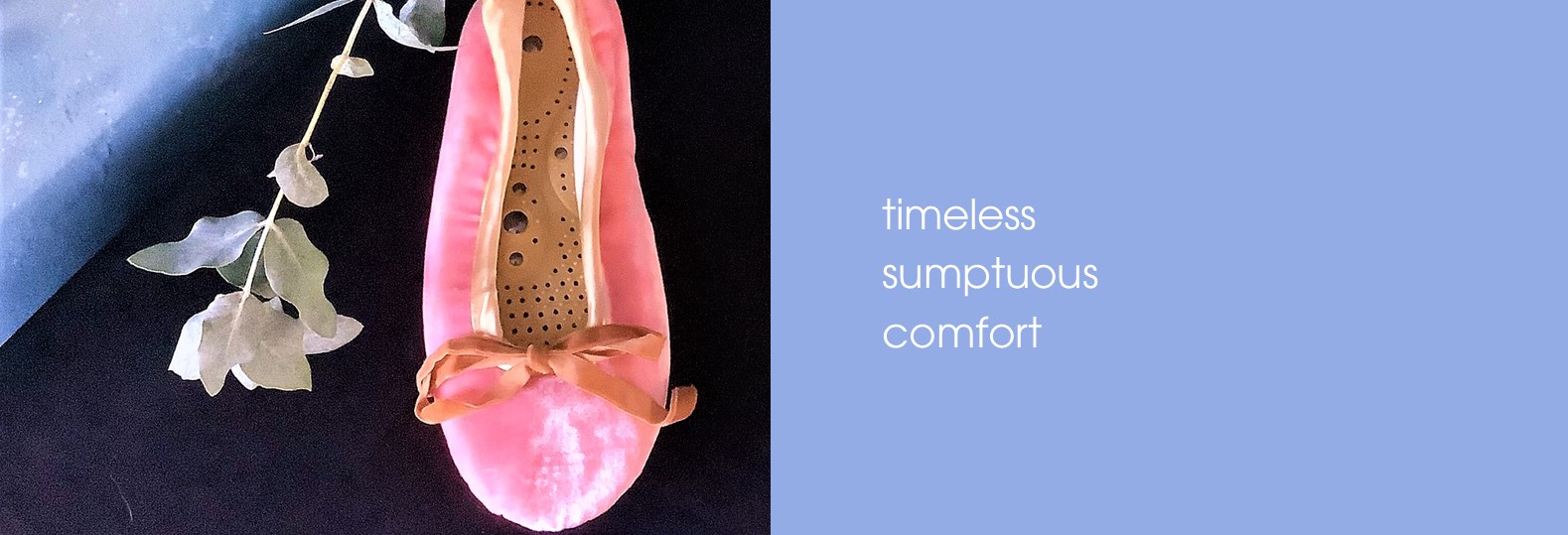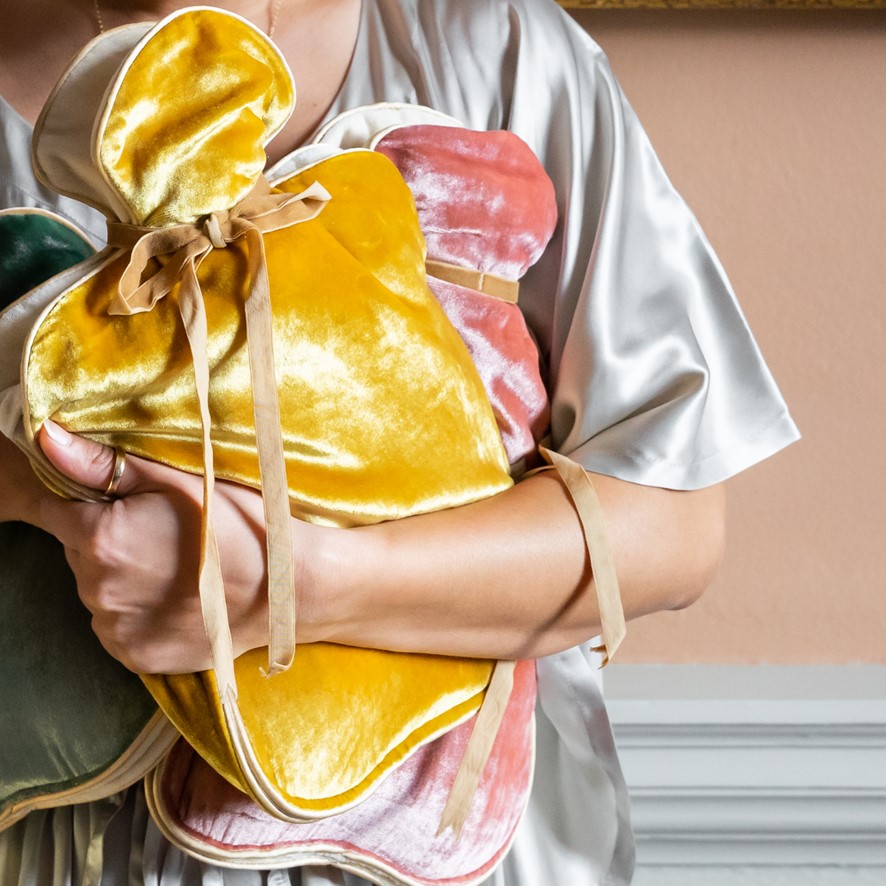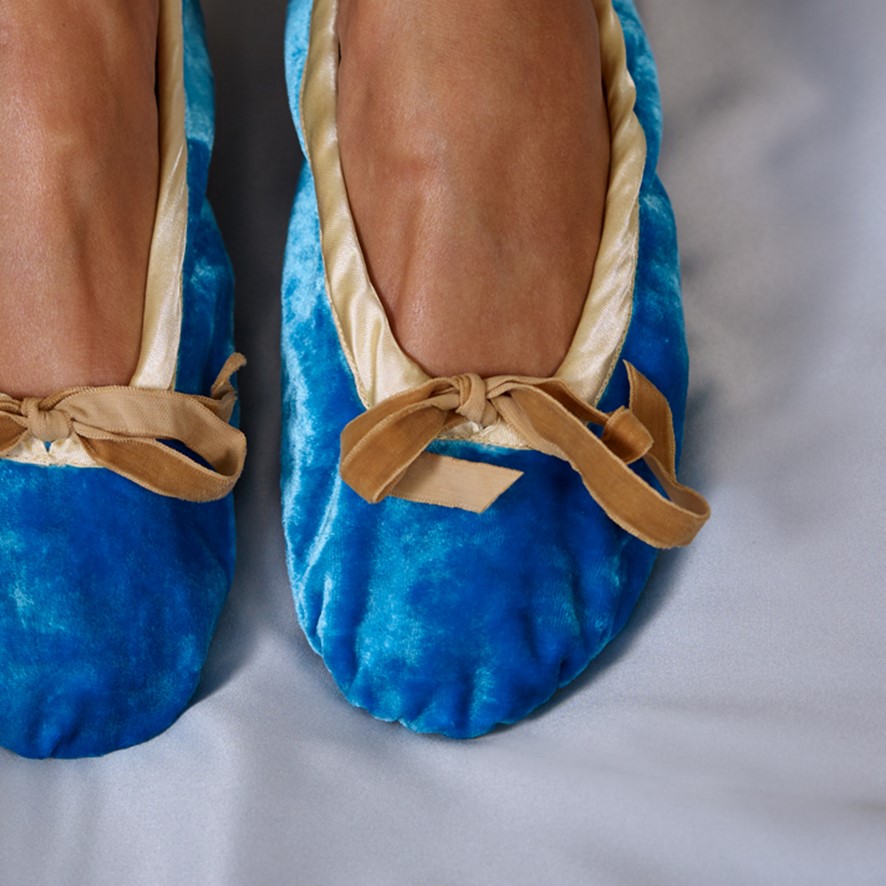As you can tell from our name, we adore all Silks, but Silk Velvet has to be one of our favourites.
The weaving process and finish creates the most lustrous colours (hard to capture in images but trust us, they are truly beautiful) and its soft comforting feel never fails to bring us joy.
And it seems we are in good company as luxurious silk velvet has been associated with royalty and nobility throughout history with the soft, plush texture of velvet, combined with the sheen and durability of silk, making it a favourite of those who seek elegance and opulence in their clothing and home decor.
Whilst the exact origins of silk velvet are not known and the earliest surviving examples of silk velvet date back to the 13th century, it is believed to have been first woven in the Middle East as early as the 9th century after being introduced to the Middle East by the Byzantines. Woven by skilled artisans using a technique called "cutting on the warp” which involved cutting the pile loops on the warp threads, which created a plush surface that was both soft and durable. From the Middle East, the art of velvet weaving spread to Europe, where it became especially popular among the nobility. The Ottomans, in particular, were renowned for their velvet textiles, which were often woven with gold or silver thread and used to create luxurious garments for the sultan and his court.
During the Renaissance, silk velvet was the fabric of choice for the most extravagant and sumptuous clothing. Kings, queens, and other members of the aristocracy wore velvet gowns, robes, and capes embellished with gold or silver thread, pearls, and precious stones. The opulence of the fabric reflected the wealth and power of those who wore it, and it became a symbol of royalty and nobility so expect to see more than one example of this during the Coronation this weekend.
Silk velvet continued to be popular among the upper classes throughout the centuries that followed. In the 18th century, it was used for men's waistcoats and women's jackets and gowns. During the Victorian era, it was used for drapery and upholstery, as well as for clothing. It was also a favourite of haute couture designers in the 20th century, who used it for evening gowns and cocktail dresses.
In addition to its association with royalty and nobility, silk velvet has also been used to symbolize wealth and status in other cultures. In China, for example, velvet was a sign of social and political status, and it was often used to create garments for the emperor and his court. In India, velvet was associated with the Mughal Empire, and it was used to create elaborate garments for the royal court.
Today, silk velvet continues to be a favourite of designers and fashion enthusiasts who appreciate its beauty, softness, and versatility. While it is no longer reserved exclusively for royalty and the nobility, it remains a symbol of luxury and refinement. Whether used for clothing, upholstery, or home decor, silk velvet adds a touch of elegance and sophistication to any setting.
Why not add a touch of this to your nights with our collection of artisan made Silk Velvet Massaging Slippers, Silk Velvet Hot Water Bottles and Silk Velvet Sleep Masks.
Sweet Dreams x






